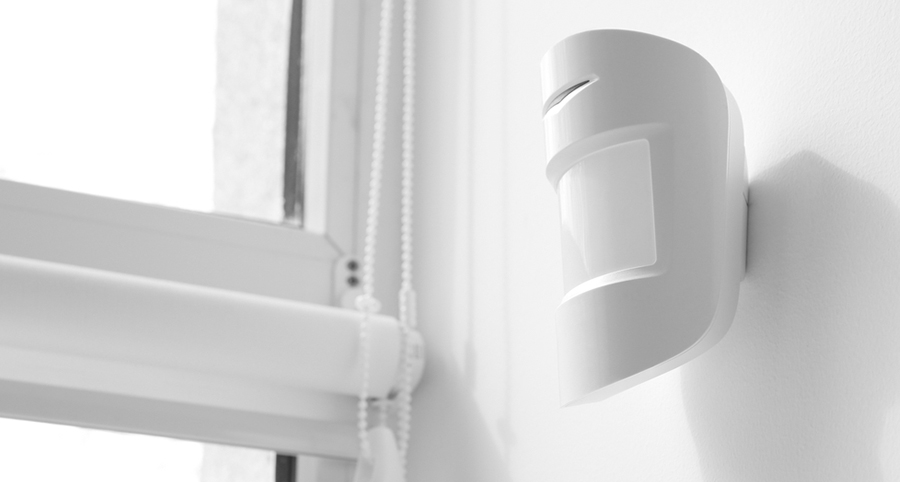
Want To Know How Motion Sensors Work In Minneapolis?
For the most part, each type of motion detector will signal your alarm when it senses suspicious activity. But you may still be wondering: How do they work? What kind of technology is involved, and should you use them? This basic guide will answer your questions and give you reasons why these devices are such an indispensable facet of your home security system.
In What Ways Are Minneapolis Motion Sensors Implemented?
Typical in-home motion sensors will detect activity in a set distance from its position between six to 70 feet. If you want, you are able to obtain models that will extend your protection to a greater degree. These components are generally found in features like exterior flood lights. If they notice a disturbance, they prompt your lighting and brighten your surroundings.
As well as flood lights, you’ll also see motion sensors in video cameras like the ADT outdoor security camera. This adaptable component is able to be set to dispatch alerts and even video segments to your smartphone when movement is detected.
Active Motion Sensors
Active sensors, as you might expect, actively discharge some kind of signal and then analyze the speed of the reply. Whenever there is a change in the response time, activity is shown and your alarm system is alerted. Microwave sensors are the most prevalent form of active device. You might also come across ultrasonic sensors that employ sound waves and reflective sensors that measure the bounce-back rate of infrared light.
Passive Infrared Motion Sensors
Another one of the most ubiquitous types of motion detectors in Minneapolis is the passive infrared (PIR) motion sensor. Unlike active devices, they won’t continually emit a signal. Instead, they are able to discern changes in temperature in a specified zone. An abrupt increase in heat, like a person walking through a room, will set off the sensor.
If comparing to active sensors, PIR components use not as much power, are easier to operate, and are less expensive. As an extra benefit, you are able to adjust the degree of sensitivity in most cases. For instance, the flexible ADP motion sensor is able to be set to ignore furry family members less than 60 pounds.
Additional Kinds Of Motion Sensors
You can discover some motion sensors that use more than one type of technology. Known as dual, combined, or hybrid sensors, these options assist in minimizing false alarms as both styles of sensors must be set off for your alarm to activate. You will also come across vibration detectors and tomographic motion sensors that are typically employed in larger commercial areas.
Request Your Security Package With Motion Sensors in Minneapolis
Now that you have a better idea of how motion sensors work in Minneapolis, it’s a great time to order your own home security system with these critical components. Whenever you acquire them within a package, you’ll enjoy peace of mind knowing they will be incorporated skillfully with your other components. Reach out to Secure24 Alarm Systems now and let our specialists help you customize the best package for your home. Contact us at (612) 314-0605 or submit the following form to start.
